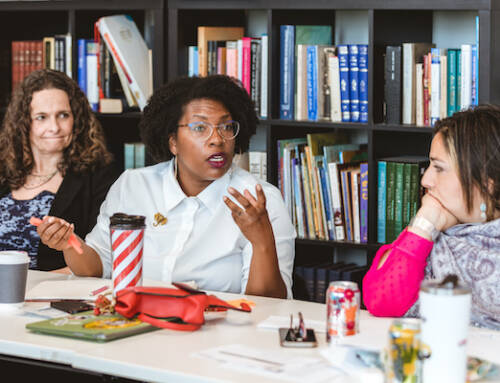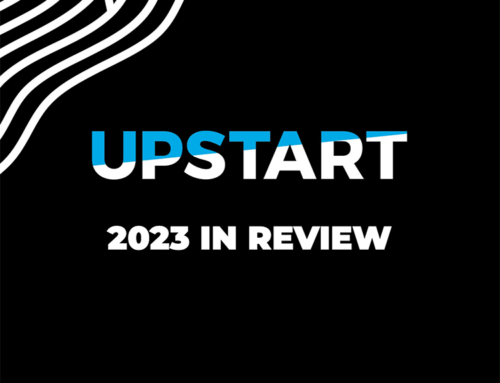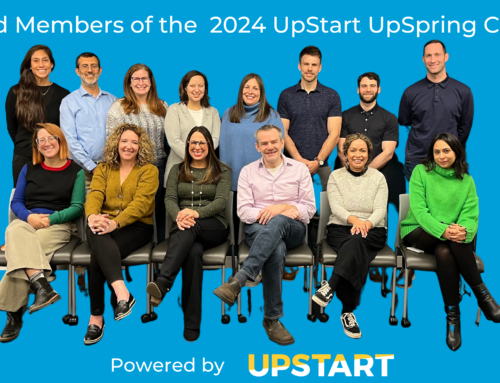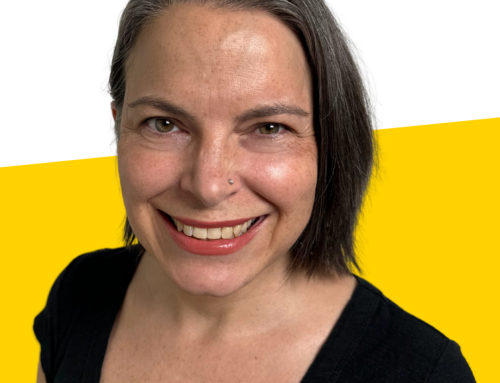The soul of Rosh Hashana and Yom Kippur liturgy is the netaneh tokef prayer, when we come face to face with the reality that we have so very little control in life. Who shall live, and who shall die? Who will become wealthy, and who poor? Who by fire and who by water? Who in his time, and who not in his time (or, in Leonard Cohen’s words, Who in the merry merry month of May and who by slow decay?)
As Helen Plotkin writes in a beautiful piece in Tablet magazine,
We look toward the coming year and we have no idea what will have happened by the time we next look back. This is true every minute of our lives, but Rosh Hashanah brings it to our attention.
It is the kind of realization that stops you in your tracks, and winds you. If indeed it is true that we have so little control, that so much is out of our hands, why not just throw our hands in the air, and stop trying so hard? And yet, we dont have an out. In fact, the opposite is true the heart of the prayer is a call to action: Teshuva (repentance), Tefila(prayer), and Tzedaka (charity) can change a harsh decree to a blessed one. The climax of the liturgy on the high holidays, during this communal time of re-setting, of striving to become better versions of ourselves, and to make the world a bit better, is a 3-step process for change in the face of the overwhelming unknown.
This past summer, I had the opportunity to do a training at the Institute for the Future(IFTF) in Palo Alto, CA. IFTF is a consulting firm and think tank that specializes in helping organizations, corporations, and universities across sectors think about the future, and begin to plan accordingly. (When I first learned about their work, I could not help but wonder about this west-coast group of futurists, and thought of Paul Simons line in Call Me Al lets get together and call ourselves an institute). IFTF is highly regarded in the secular world, with almost 50 years of experience and a very strong track record of accuracy and wisdom. In their literature, they explain: No one can predict the future. But you can think about it systematically, and turn uncertainty into inspiration, creativity, and resilience.
IFTF uses a 3-step cycle to help people think in this way, and, this year, sitting in synagogue on Rosh Hashana, I realized that with a little creative stretching, their process and the process recommended by the netaneh tokef prayer are actually quite similar. I present it here as a call to action to our professional Jewish community:
1. Foresight: Foresight is a process of turning facts about the present into hypotheses about the future. IFTF emphasizes not confusing foresight with prediction. Foresight is not a statement of truth, rather a noticing of a pattern that might have important implications as time barrels ahead.
One of the main tools used in Foresight is identifying signals. Signals are small or local innovations or disruptions a new product, practice, technology, policy, event, trend, organization, or even a recently revealed problem that catche our attention and point to larger implications for the field. For example, take Eatsa, a restaurant in San Francisco that has no waiters, no cashiers, and no busboys. This restaurant has automated almost each step of the process involved in getting people their food fast (theyre even working on automating various aspects of the food preparation). This is a signal that change is a-foot. People are becoming more and more accustomed to having their basic needs automated (banking, paying bills, supermarket shopping, and now restaurants), and this is changing the way we interact, where we find community, our views of privacy, and much else. The work of foresight is looking for these signals developing a signal antennae clustering them into themes, and dissecting them to reveal their potential relevance to ones field.
We often think of teshuva as looking backwards the Hebrew word itself contains the root shuv to return, to go back to our true core. And yet, I believe that teshuva and foresight are two sides of the same coin. In order to truly understand the implication of signals, and even to find the signals that are most meaningful and relevant, it is important to look back to understand the context, to know where you are coming from, to know what is most true to your organization. Perhaps teshuva can be interpreted as looking back in order to look forward returning to what is core while bravely admitting what is changing.
2. Insight: Insight is the work of translating foresights into meaningful implications for the choices we face. These insights are often honest realizations and admissions of what we would have to change if our foresight thinking is correct. In the Eatsa example, an insight might be: because we are moving towards a largely automated world, our Jewish community needs to do two major things. First, we must try to keep up with that world, by figuring out what we can automate, and what independence, privacy, and control we can give our constituencies so that their Jewish experiences align with their regular lives. We also must simultaneously answer this question: how might our Jewish community provide a respite from that automated world, and create extremely powerful, meaningful, deeply communal, deeply human interactions for people who are so used to going about life without having to ever interact with strangers? Tefilah, which we translate as prayer, is aligned with this concept of insight. Tefilah is an opportunity to meditate to pause, to reflect quietly, to create space that opens the possibility for insights, for aha moments and epiphanies. This pause, this space, this time to digest, is critical as we strive to interact meaningfully in a world of unknowns.
3. Action: The final step of this iterative cycle is action. Its rolling up our sleeves and admitting: we may not be sure if our foresight is on target, we may not be confident that our insights are pure, but we must move forward, and test the waters to see whether or not we are on the right track.
IFTF talks about this part of the cycle as helping to turn preferred futures into probable futures. Taking action is a statement that we want to shape the future were not doing it blind, and were not so haughty to think that we can shape it exactly as we want but we are not going to simply sit and let it shape itself without our striving to make it what we hope it can be. This is very much in keeping with the spirit of Tzedaka a word with the root of tzedek, justice, and which is often translated as charity. The concept ofTzedaka embodies both the idea of trying to make the world just and honest, but also creating an environment in which we have loving-kindness and compassion for one another. When we give Tzedaka, we are making a statement that though the world is not perfect, though it is far from ideal, we are going to shape it in a direction of hope, possibility, and good. That is the realm of action in the face of designing towards an unknown future. It is informed and humble, grounded in reality, and floating with hope.
We often, understandably, are reactive. We change because we have to, because things are not working the way they used to, because we have no choice. We feel compelled to come up with new programs or offerings because the current ones are no longer resonating with our constituents. But we have the ability to be proactive. It is both a Jewish imperative, and it is a best professional practice. I bless our community with a year of foresight, informed by teshuva looking back to look forward; with insight, informed by tefilah humble, thoughtful, honest diagnosis of what we are up against; and with action, informed by tzedaka proactive, brave, just, and honest. May we have the courage and strength to tackle what lies ahead, even as we admit that we have so little control. May we hold the space of trepidation in the face of the unknown, even as we say we can make a difference, we can shape our future.
Maya Bernstein is an Associate at UpStart Bay Area.
This article is cross-posted on eJewishPhilanthropy.
Our purpose is to enable entrepreneurs to bring bold Jewish ideas to light. We help them reach Up to people in new ways that are meaningful, more inclusive, and create a brighter future for our Jewish community and the world we share.





